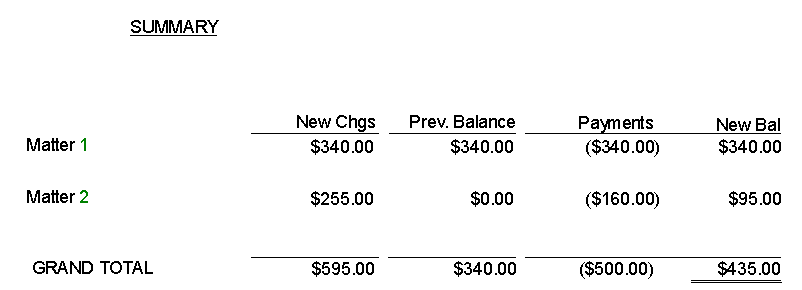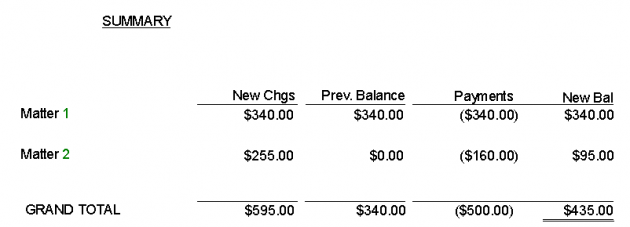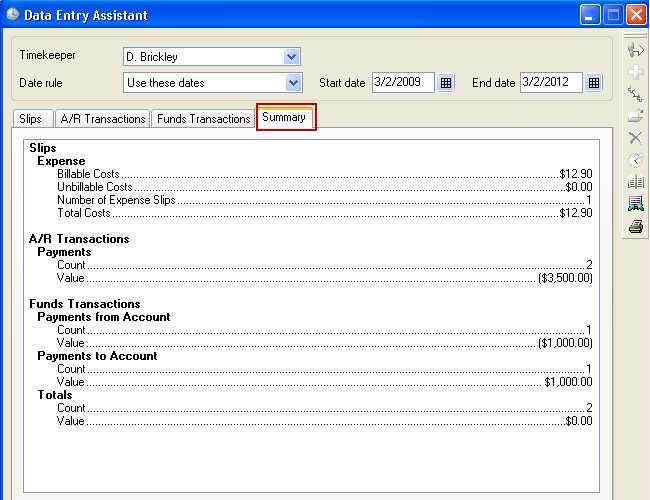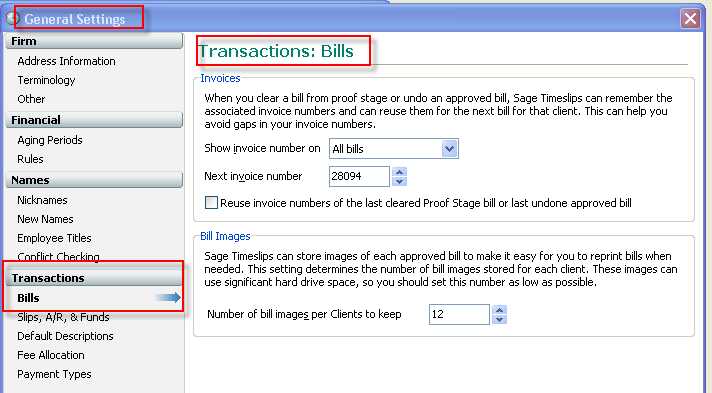
A to Z Tips from TSR: “C” is for Consolidated Billing in Timeslips
Consolidated bills include information from more than one of a client’s projects or matters, with the option of a summary at the end showing totals for each matter. Timeslips has two ways to address clients with multiple matters. Your firm can adopt either one, or a combination.
The two ways are: References (or projects) and client.matter where each matter is set up as a separate “client” record in Timeslips.
The key to deciding which method your firm should use is whether or not you need to track balance due by matter, or a total due for the client. References produce a single accounts receivable balance whereas client.project produces a balance due for each matter. Furthermore, tracking fee allocation or origination by matter can only be done with the client.matter method.
- Single combined balance due for all matters – References: Single Timeslips client record with multiple “references” or matters, assigned on each slip (referred to as “references”) produces a single balance due for the entire client. It is not possible to produce a consolidated summary by “reference” on the invoice. One total appears at the end.
- Separate balance due for each matter – client.matter: Separate client-matter combination for each matter (referred to as “client.matter”) and produces a separate balance due for each matter with an optional consolidated summary at the end of the bill.
Here is a sample bill summary for matters 1 and 2 (client.matter method using consolidated bill summary):

The mechanics of setting up multiple matters for a client are not difficult once you understand the concept, and decide what format will work best for your firm.
Have questions? Or would you like specific information as it relates to your office? Contact us at 847 256.7536 or email at terryr@tsrconsult.com.



